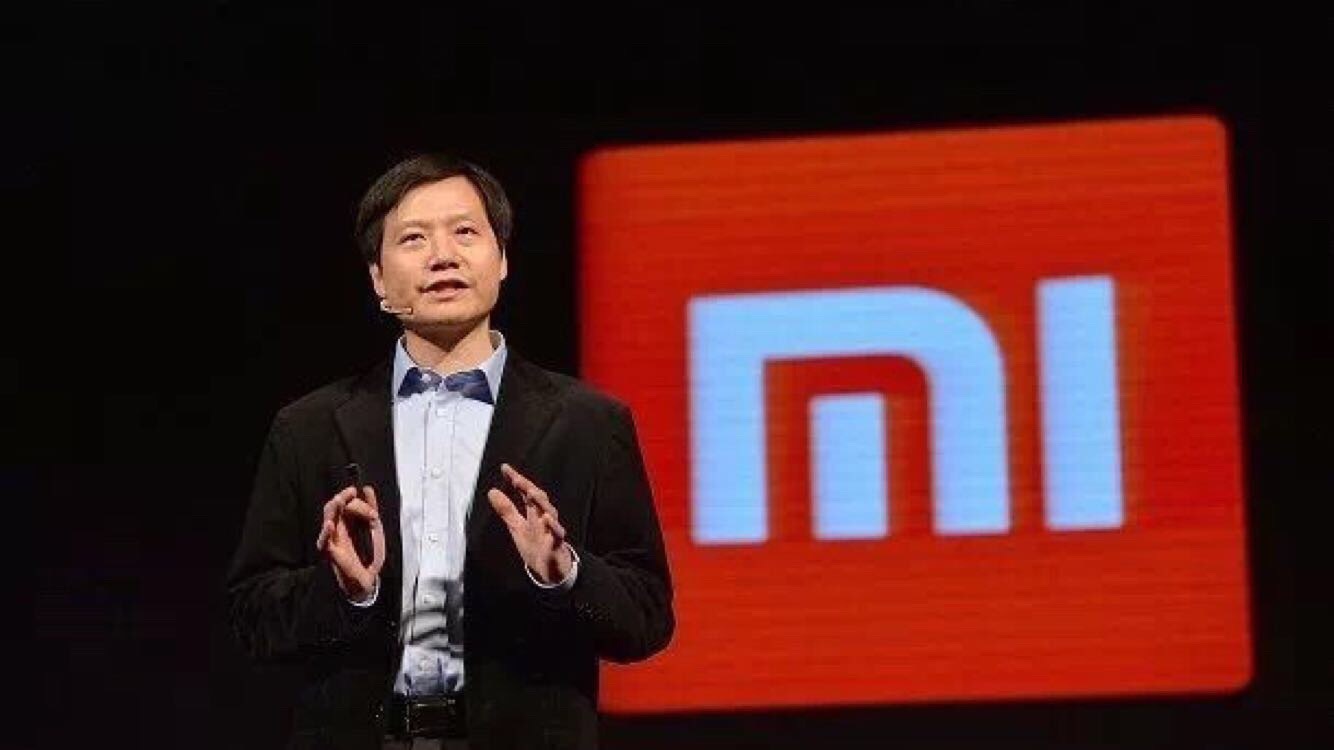Xiaomi, a Chinese startup that helped spearhead the trend toward ultra-low-priced smartphones, is preparing for what would be the biggest initial public offering since e-commerce giant Alibaba‘s in 2014.

The 8-year-old is a star among the Chinese unicorns. It has a dedicated Chinese fan base and its media-savvy leader is an Asian celebrity. But it is untested outside the region.
Here’s how Xiaomi came into being and about its IPO.
ALSO READ: Apple iPhone X best-selling smartphone, Xiaomi enters top 3 models
When was Xiaomi founded?
Xiaomi (pronounced “SHEE-YOW’-mee”) was founded in 2010 by CEO Jun Lei and seven colleagues who included veterans of Alphabet Inc.’s Google, Microsoft Corp., and Motorola Inc.

Their first smartphone, the Mi1 released in 2011, was an instant hit with little marketing. Consumers were in love with its low price of 1,999 yuan ($305) and competitive quality.
It resulted in an unusual fan culture on which Xiaomi has built its product development. Customers take part in design decisions by sending suggestions over social media.
In 2013, Xiaomi sold more handsets in China than Apple. The next year, it became China’s top-selling smartphone.

After a slump in 2016, Xiaomi’s growth rate outpaced other smartphone makers in the following year – its sales jumped to 58 percent, according to IHS.
Last year, the company had a 6 percent share of the global smartphone market, despite the minimal presence in Europe and the United States.
What is the company’s revenue?
The company reported a loss of 43.9 billion yuan ($6.8 billion) on revenue of 114.6 billion yuan.
Even if the company turns that around, CEO Lei has promised to keep prices low for consumers by holding profit margins on hardware sales to 5 percent, a stance that might rattle investors.

Lei opines that although their hardware business is essential to building their user base, they do not expect it to be the main source of their profits.
Xiaomi makes 90 percent of its revenue from hardware sales but calls itself an internet content company. It wants to make money by delivering services to the more than 100 million users of its connected devices and 190 million users who use its software MIUI.
How much is the IPO expected to raise?
The IPO is expected to raise billions of dollars, possibly the biggest haul since Alibaba raised $22 billion in 2014, though forecasts of how much have declined.
Investors are likely to value Xiaomi at $63-$68 billion, down from earlier expectations of as much as $100 billion due to its “low profitability,” said Choi Won-seok of Shinhan Investment Corp. in a report.
Why are investors optimistic?
Xiaomi is the rare Chinese brand that has succeeded abroad. In India, it left behind Samsung as it became No. 1 in smartphone sales. This is important because India is one of the few remaining handset markets with big growth, experts feel. South Korean trendsetters love Xiaomi. Other Asian fans rave on YouTube and social media about Xiaomi air purifiers, suitcases, and vacuum cleaners.
Admirers compare Xiaomi’s minimalist design to Apple or Japan’s Balmuda, known for its sleek beauty.
It is also one of the few hardware manufacturers that have been able to use their hardware products as an entry point to selling services and software.
Future plans
A key challenge will be winning over US and European consumers who might be more wary of Chinese brands.
Another challenge is to show to investors that, like Google or Amazon.com Inc., they can make a profit from services, reducing reliance on handset sales.
However, selling Chinese internet services to global consumers could be tougher than selling Chinese phones.
Xiaomi founder’s vision, however, echoes that of many Silicon Valley internet companies.
In an open letter to investors, Lei points out that fundamentally, the Internet is all about transparency, efficiency, and equality.
“We want to allow everyone, regardless of gender, ethnicity, religion, nationality, or education level, to enjoy the benefits of technology,”
he explains.
ALSO READ: Chinese Angel Investors Are Showing Great Interest In Indian Startups









